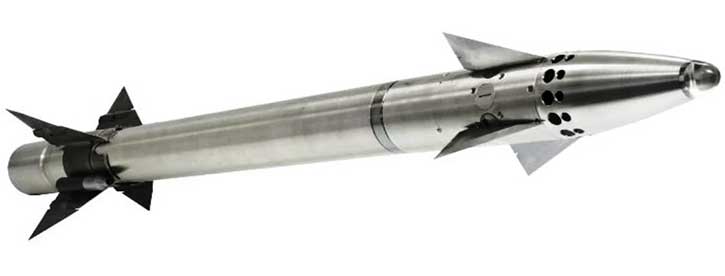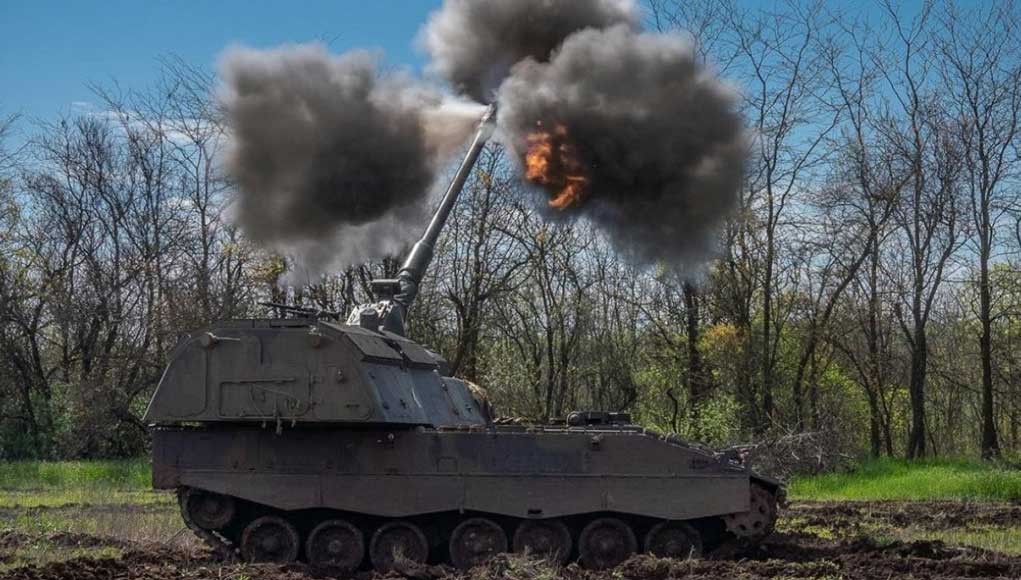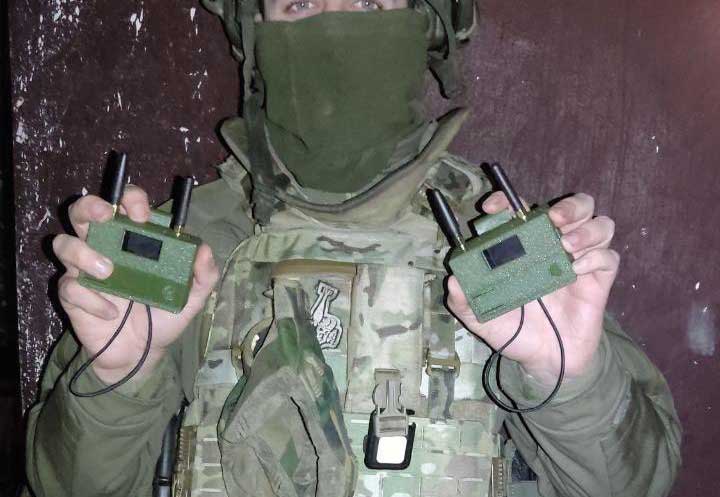 UK Bolsters Ukraine’s Air Defense with 650 Advanced Missiles in £162M Deal
UK Bolsters Ukraine’s Air Defense with 650 Advanced Missiles in £162M Deal
The UK government has announced a £162 million package to supply 650 Lightweight Multirole Missiles (LMM) to Ukraine, enhancing the country’s air defense capabilities against various aerial threats, including drones. Defence Secretary John Healey unveiled this commitment at a meeting in Ramstein, Germany, with the first batch of missiles expected to be delivered by the end of 2024. The package, primarily funded through the UK’s £3 billion annual financial support for Ukraine, is part of broader efforts to boost defense production and follows a recent Defence Export Support Treaty between the two countries. With a speed of Mach 1.5 and a range of over 6 kilometers, these versatile missiles will complement existing air defense systems and have already proven effective in destroying Russian drones.
 Ukraine’s PzH 2000 Howitzers Face Maintenance Challenges; Germany Promises New Deliveries and Support
Ukraine’s PzH 2000 Howitzers Face Maintenance Challenges; Germany Promises New Deliveries and Support
Due to intense combat use, Ukraine is experiencing significant maintenance issues with its German-supplied PzH 2000 howitzers, with many currently out of service. Germany is addressing these challenges by supplying replacement barrels and planning to establish a maintenance hub in Slovakia. Despite these setbacks, German Defense Minister Boris Pistorius has announced the delivery of an additional 12 PzH 2000 howitzers to Ukraine, worth 150 million euros, with six to be delivered by the end of 2024 and the rest in 2025. Germany and partner nations have also proposed transferring 77 Leopard 1A5 tanks to Ukraine in the future, demonstrating ongoing support for Ukraine’s defense capabilities.
 Ukraine Downs Advanced Russian Drone, Showcasing Tactical Innovation
Ukraine Downs Advanced Russian Drone, Showcasing Tactical Innovation
Ukrainian forces from the 59th Separate Motorized Infantry Brigade successfully downed a rare Russian Merlin-VR reconnaissance drone in the Donetsk region using an anti-aircraft FPV drone. The Merlin-VR, developed by Russia’s “Special Technological Center,” is an experimental drone with a 10-hour flight endurance for reconnaissance and artillery fire adjustment. This interception showcases Ukraine’s growing capabilities in countering advanced unmanned aerial threats and provides potential intelligence opportunities. The incident may have broader implications for aerial reconnaissance and artillery operations in the ongoing conflict.
Russian Forces Seek Countermeasures Against Effective Ukrainian Anti-Aircraft Drones
Since July 2024, Ukrainian anti-aircraft FPV (First Person View) drones have successfully downed over a hundred Russian reconnaissance and attack drones, posing a significant challenge to Russian forces. In response, Russian drone communities have proposed various countermeasures, including equipping UAVs with FPV drone detectors, all-round-view cameras, and sound detectors for early warning. Other suggestions involve electronic warfare devices and portable net launchers, though their effectiveness is uncertain. Most proposed solutions focus on detection rather than neutralization, suggesting that Ukrainian FPV drone technology currently maintains an advantage in this aspect of the conflict.

Ukraine’s Sugar Cube Drone Detector Sweetens Battlefield Awareness
Ukrainian soldiers use a pocket-sized electronic warfare device called “Sukork” to detect Russian drones on the battlefield. The passive receiver can identify specific drone models, including reconnaissance and kamikaze types, by analyzing their signals without emitting detectable emissions. Sukork’s small size, low cost, and user-friendly interface make it ideal for frontline troops, providing early warning of aerial threats and enhancing survivability. Manufacturers are increasing production to 10,000 units monthly to meet high demand, highlighting the device’s strategic importance in the conflict.
More news coverage in our topical channels includes:

















